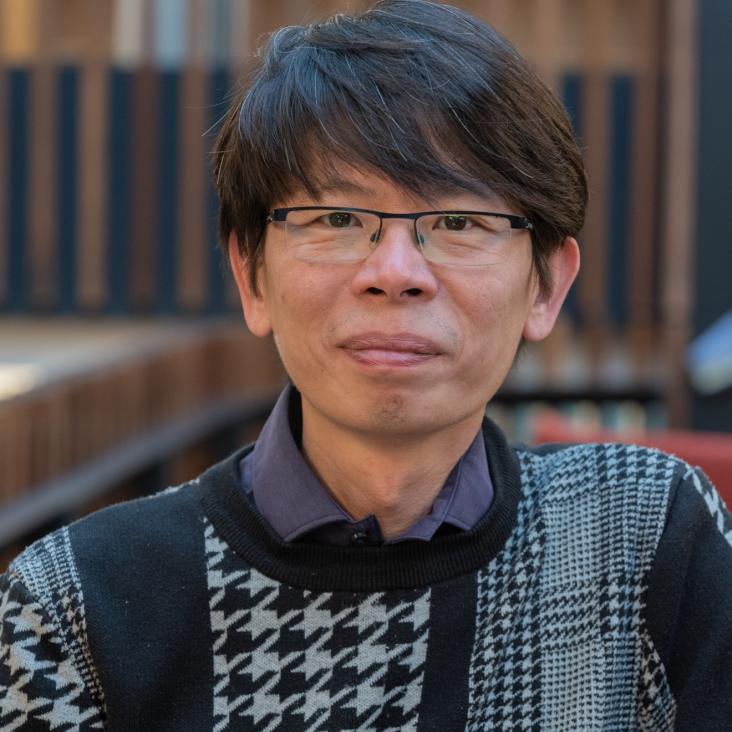Easy to Fabricate Feeds for Astronomical Receivers
Institute of Electrical and Electronics Engineers (IEEE) (2013) 15-18
Preliminary Measurement Results of a 650 GHz Planar Circuit Balanced SIS Mixer
IEEE Transactions on Terahertz Science and Technology Institute of Electrical and Electronics Engineers (IEEE) 3:1 (2013) 32-38
Design of a 650 GHz planar circuit balanced mixer
23rd International Symposium on Space Terahertz Technology 2012, ISSTT 2012 (2012) 16-21
Abstract:
We present the design of a broadband balanced superconductor-insulator- superconductor (SIS) mixer, which uses two back-to-back unilateral finline tapers. A key feature of our design is the use of a thin silicon-on-insulator (SOI) substrate, which enables the employment of a finline mixer at high frequencies. We integrated all of the required superconducting RF circuits onto a single chip using planar circuit technology, and retained the simplest fabrication processes without any lumped elements. This approach results in a very simple mixer-block design, which is desirable for constructing medium-format focal-plane imaging arrays. In the paper, we present in detail the electromagnetic modelling of each of the planar components making up the entire balanced mixer. The electromagnetic simulations were carried out using HFSS, and the heterodyne performance of the complete balanced chip was accessed using SuperMix.The JCMT Nearby Galaxies Legacy Survey - VIII. CO data and the LCO(3-2) -LFIR correlation in the SINGS sample
Monthly Notices of the Royal Astronomical Society 424:4 (2012) 3050-3080
Abstract:
The James Clerk Maxwell Telescope Nearby Galaxies Legacy Survey (NGLS) comprises an Hi-selected sample of 155 galaxies spanning all morphological types with distances less than 25Mpc. We describe the scientific goals of the survey, the sample selection and the observing strategy. We also present an atlas and analysis of the CO J=3 - 2 maps for the 47 galaxies in the NGLS which are also part of the Spitzer Infrared Nearby Galaxies Survey. We find a wide range of molecular gas mass fractions in the galaxies in this sample and explore the correlation of the far-infrared luminosity, which traces star formation, with the CO luminosity, which traces the molecular gas mass. By comparing the NGLS data with merging galaxies at low and high redshift, which have also been observed in the CO J=3 - 2 line, we show that the correlation of far-infrared and CO luminosity shows a significant trend with luminosity. This trend is consistent with a molecular gas depletion time which is more than an order of magnitude faster in the merger galaxies than in nearby normal galaxies. We also find a strong correlation of the LFIR/LCO(3-2) ratio with the atomic-to-molecular gas mass ratio. This correlation suggests that some of the far-infrared emission originates from dust associated with atomic gas and that its contribution is particularly important in galaxies where most of the gas is in the atomic phase. © 2012 The Authors Monthly Notices of the Royal Astronomical Society © 2012 RAS.The JCMT Nearby Galaxies Legacy Survey — VIII. CO data and the LCO(3-2)-LFIR correlation in the SINGS sample
Monthly Notices of the Royal Astronomical Society Oxford University Press (OUP) 424:4 (2012) 3050-3080


